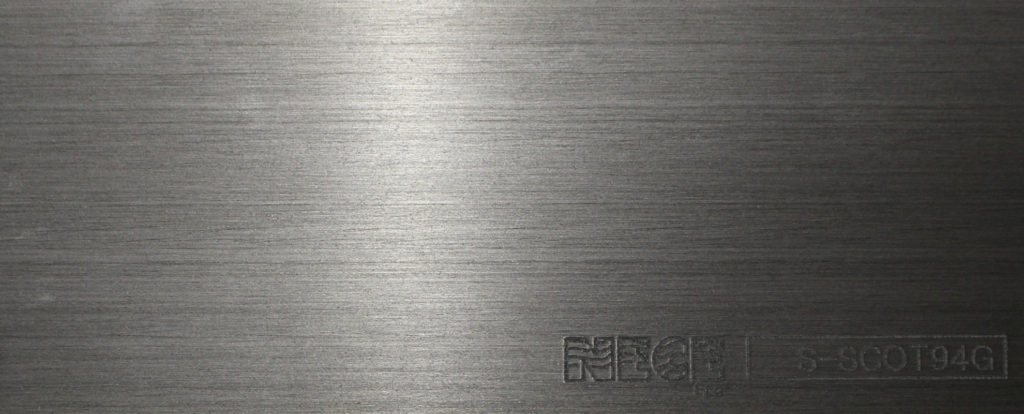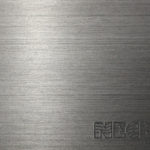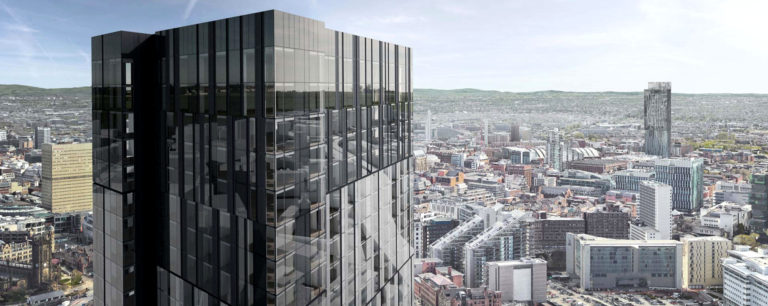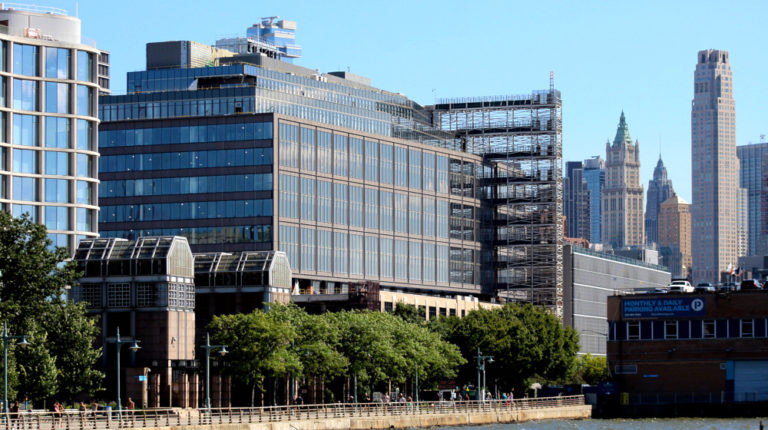
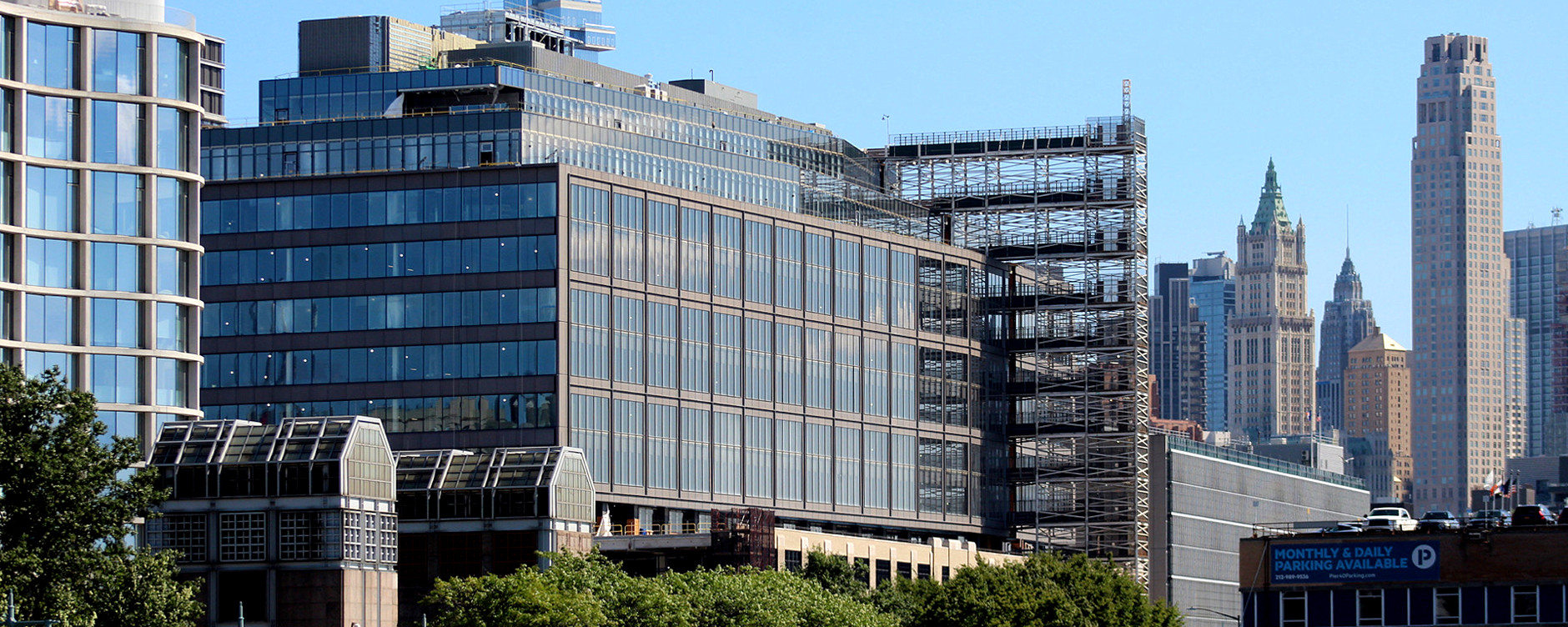
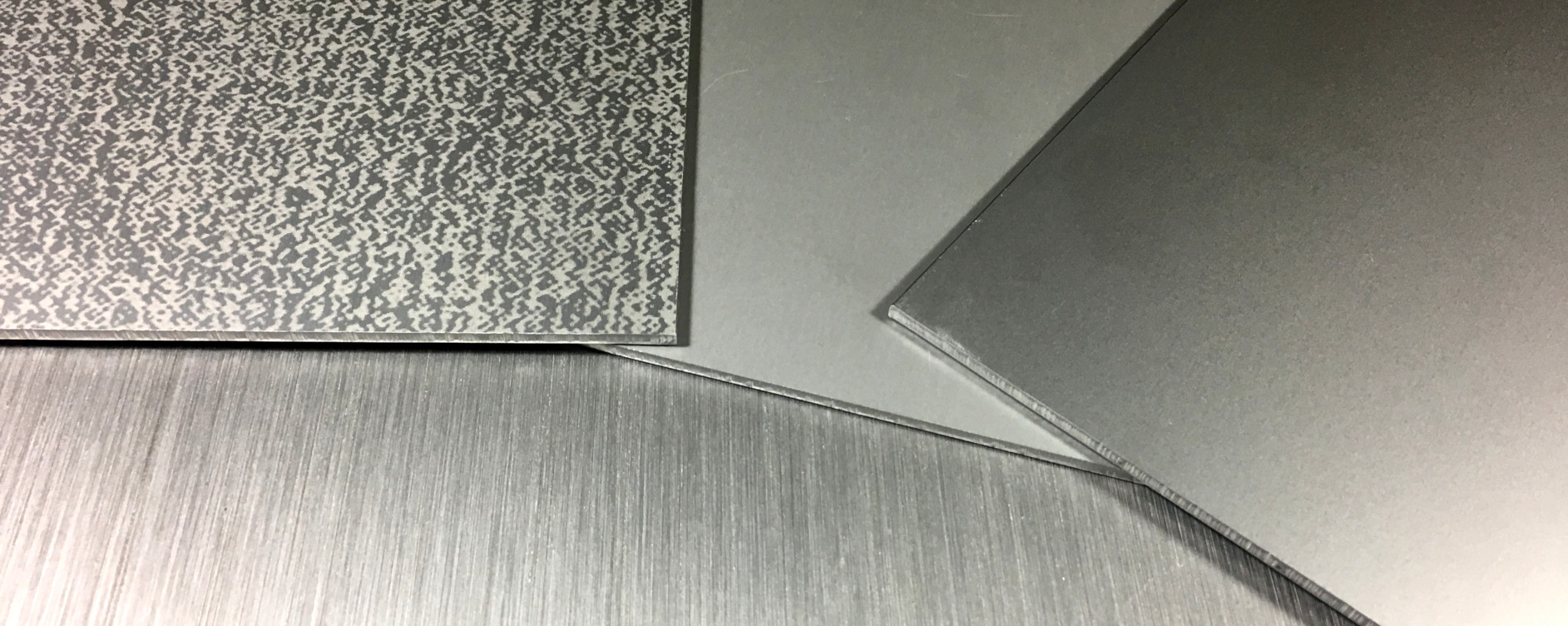

LIGHT GRAY INTERFERENCE
The new colors of the Light Gray Interference Electrocolor, from the beginning, have obtained an excellent feedback also from important international customers.
NECE has therefore decided to invest further in R&D by creating an entire range of colors, with 4 different shades of Light Gray, which can be combined with the numerous finishes of NECE Anodizing such as Chemical Matt ARC, Scotch Brite SCOTCH, Linear Brushing SD, Bright LP, Brushed ARS, Sandblasted SAB, Cross Brushing SI, Cloudy Brushing NV and Vibrated Brushing VB.
The Profiles and Sheets, until now, could be colored in Light Grey only by painting or organic colors, but they present problems of limited duration, poor resistance to UV rays and an aesthetic result no longer adequate designers’ requests.

After three years of work in NECE’s R&D department, a new range of Neutral Light Gray shades, free from green or blue predominance, was created using the Interference Electrocoloring process, with the following color codes:
- S-C-90-G
- S-LP-90-G
- S-SD-90-G
- S-SCOTCH-90-G
- S-C-92-G
- S-LP-92-G
- S-SD-92-G
- S-SCOTCH-92-G
- S-C-94-G
- S-LP-94-G
- S-SD-94-G
- S-SCOTCH-94-G
- S-C-96-G
- S-LP-96-G
- S-SD-96-G
- S-SCOTCH-96-G
colors that can be applied to all NECE finishes.
This new range is finally able to satisfy the many requests coming from the Architectural and Interior Design sector thanks to the total inalterability over time even in exposure of UV rays.
The success achieved by Interference Electrocoloring is due to the fact that the shade of the colored surface varies depending on the incidence of light.
REALIZATIONS
Interference Electrocoloring is particularly suitable for:
- Custom profiles
- Laminates
- Profiles for doors and windows and furniture (only disassembled profiles and not with thermal cutting and only for large batches)
Interference Electrocoloring is not very suitable for small quantities, which involve different geometries and raw materials but you can evaluate your work with NECE spa experts.
The sectors that most benefit from this treatment are:
- Architectural
- Furniture
- Naval
NECE Anodizing offers 4 different colors in the catalog, as they are the most requested, but the offer also extends to colors that can be customized on customer request.
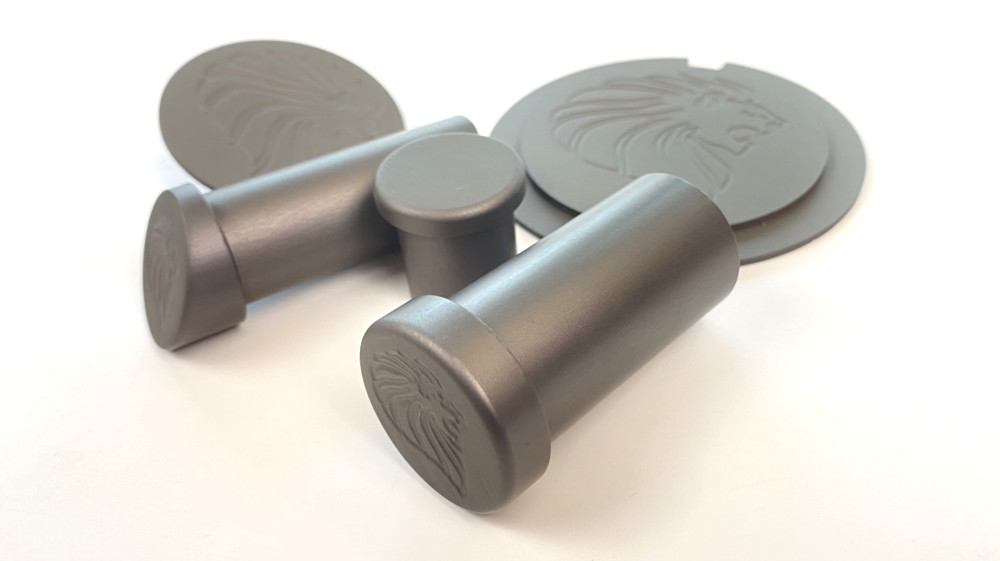
TECHNICAL NOTES
Mechanical factors, which are not controllable by the process and oxidation, such as the type of profile, its heat treatment, the alloy composition, the finishing and its chemical reactivity, affect the color. It follows that in the Interference Coloring, different profiles in form, equal but different alloy, with other thermal treatments, have a different electrical-chemical reactivity, so they can give colors incompatible. The possibility to have a value in L * a * b, is done through the reading of a colorimeter and allows us to standardize the consistency and reproducibility of a color on different types of profile and material. Uniformity and reproducibility that are considered acceptable when the Delta E value is not higher than 3, on a single wet and between wet and wet, calculated as follows:
ΔE = √ ΔL² + Δa*² + Δb*²
because it is not possible to determine with the naked eye the “pass-and-not-pass”, varying also by the light factor. Therefore we turn to the use of a certified tool that calculates ΔE. It ‘s very important to define with customers that the color obtained by the Interference does not guarantee the constant color tone between materials with different extrusion origin; therefore, there must be 45 square meters per profile type to obtain a complete bath. If case there are not 45 square meters of profile, the cost of the bath will be charged to the customer.
IMPORTANT
Tones of various sets of samples are indicative because colors can vary according the alloy type used.
Initial samples, different geometry and different alloy make different colors.
The final color will be chosen and decided at the start of production.
NOTICE
NECE Anodizing reserves the right to change the actual set of samples without notice.
The customer is therefore required, periodically, to verify the color codes.
LIGHT GRAY INTERFERENCE CODES
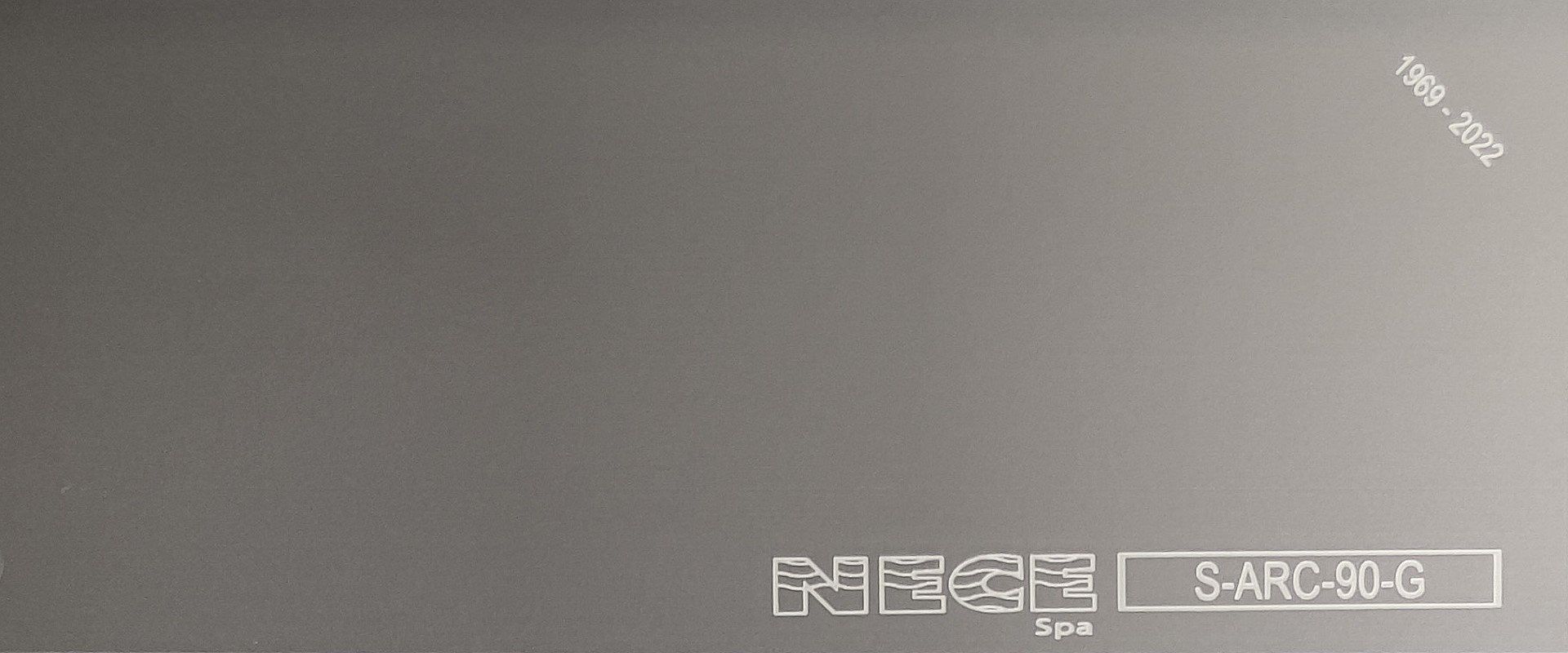

S-ARC-90-G
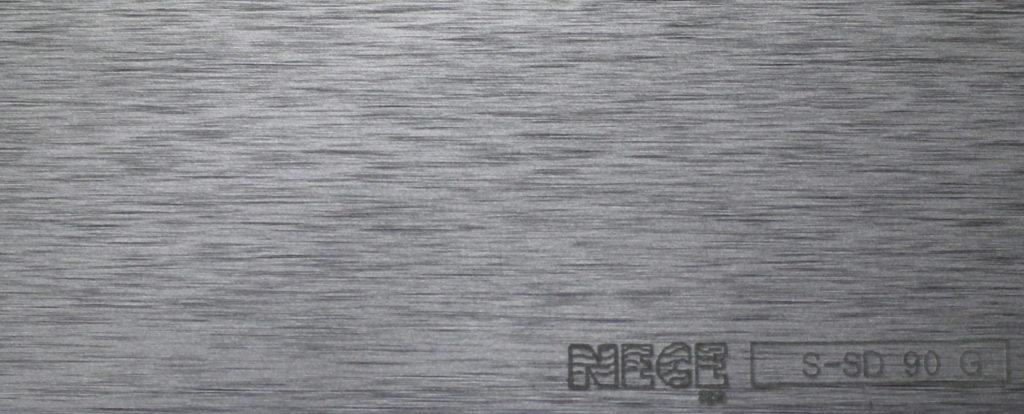
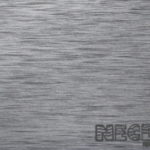
S-SD-90-G
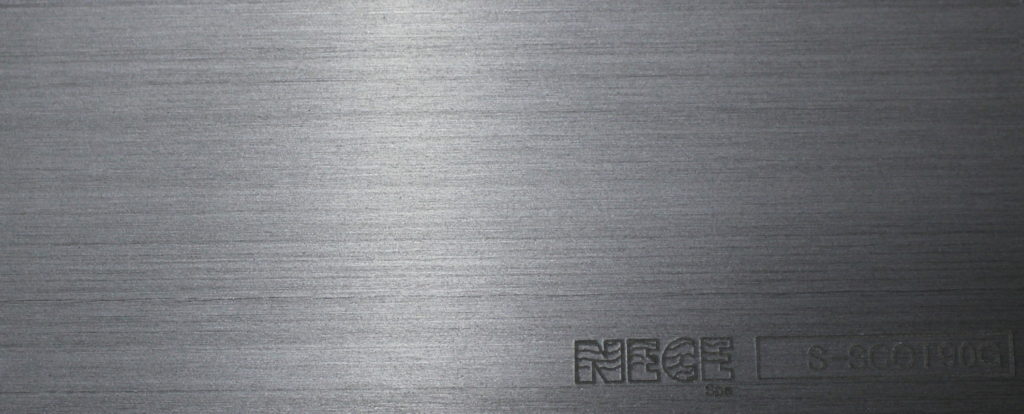
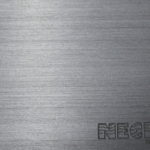
S-SCOTCH-90-G
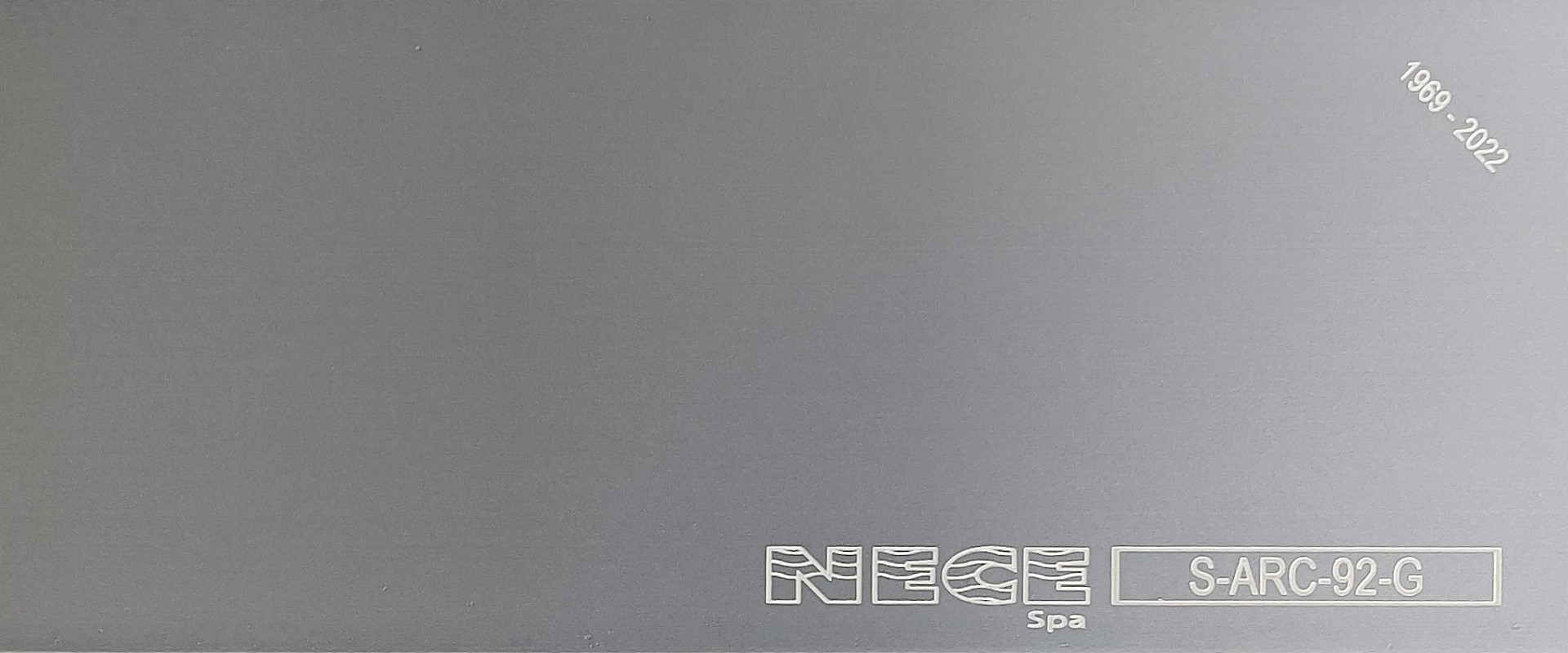

S-ARC-92-G
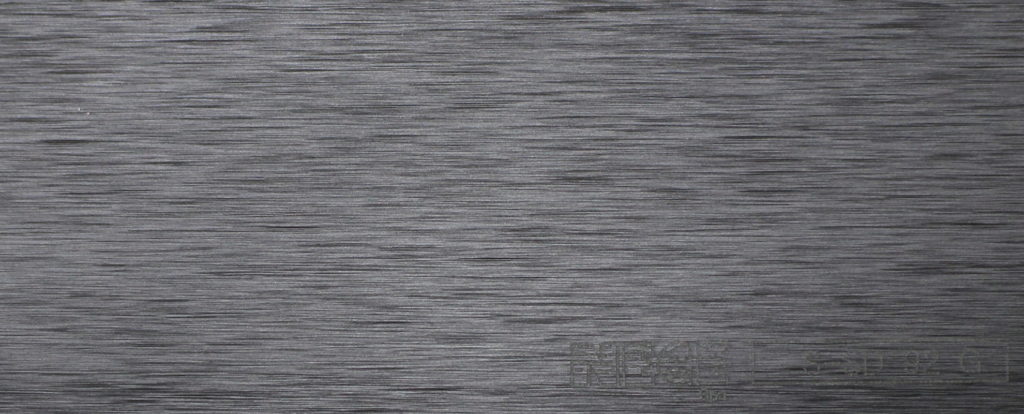
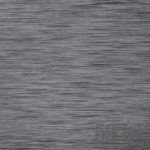
S-SD-92-G
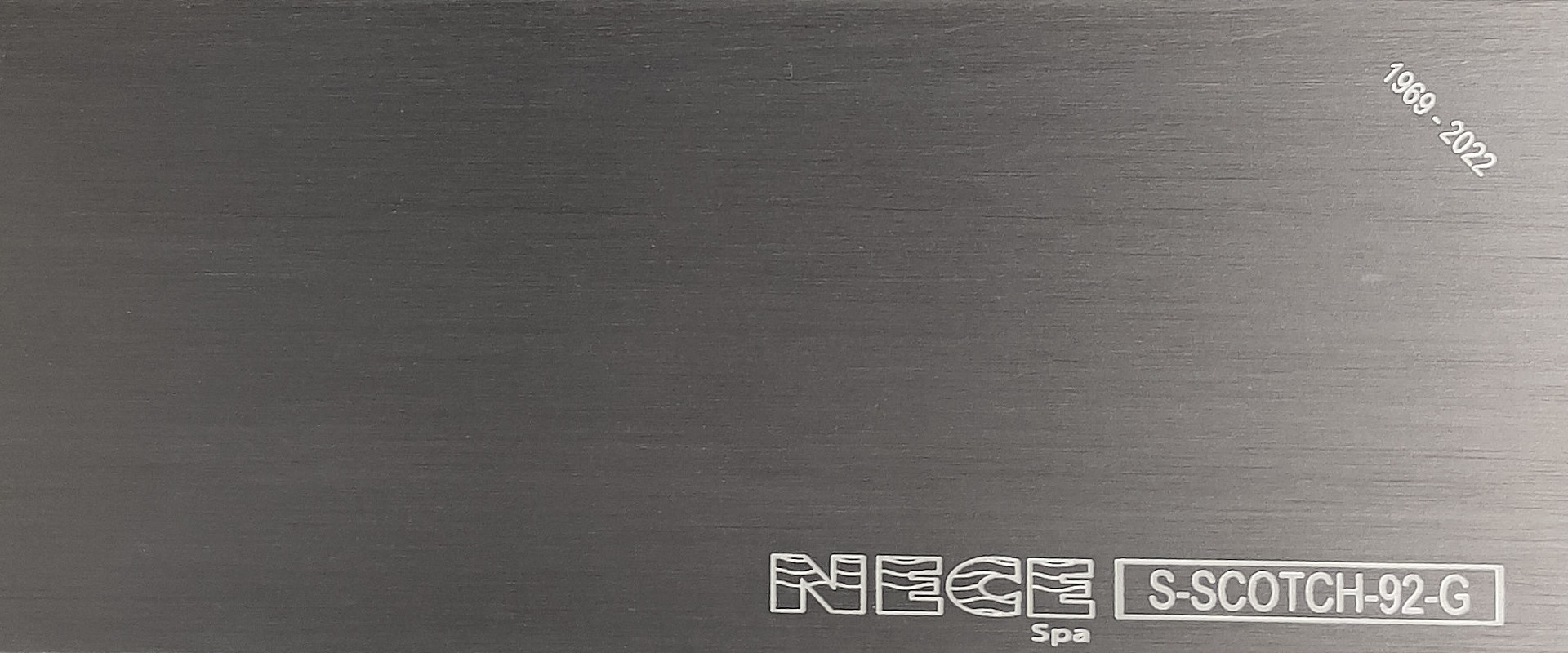

S-SCOTCH-92-G
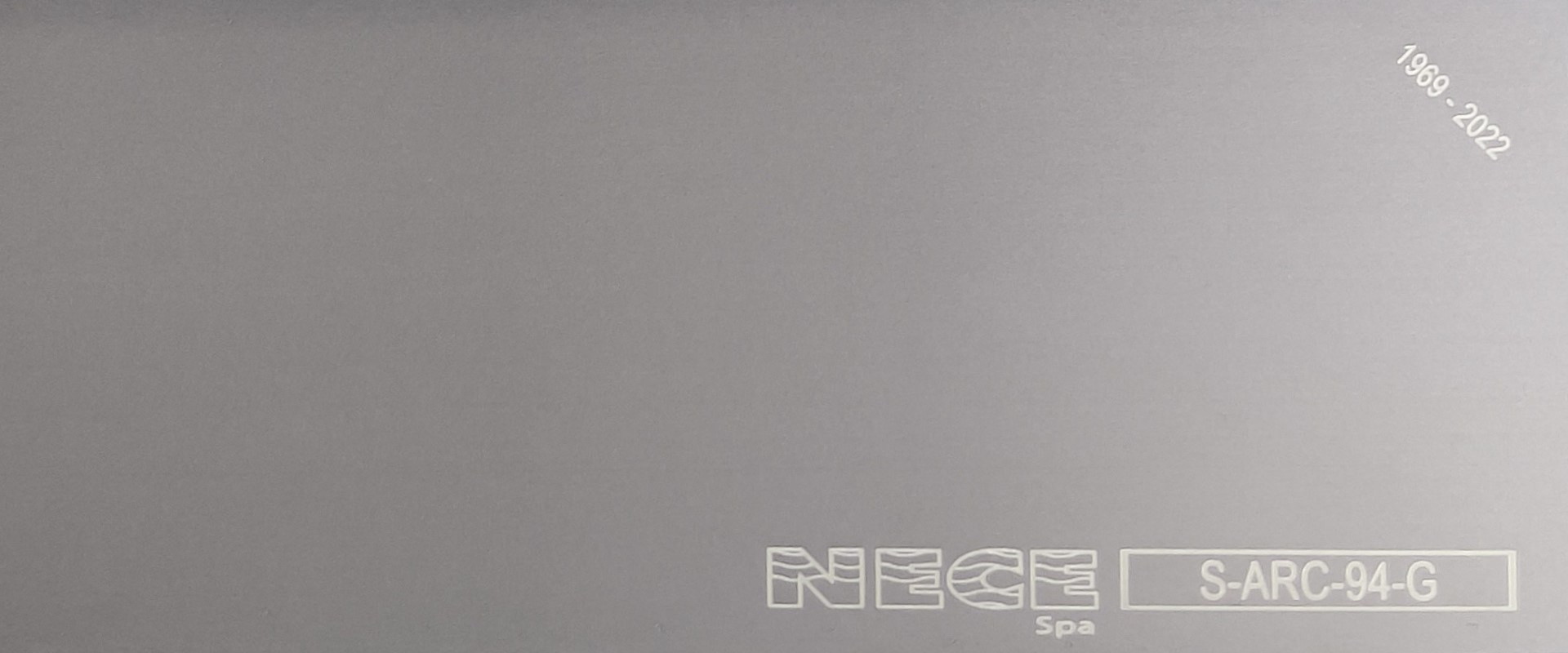

S-ARC-94-G
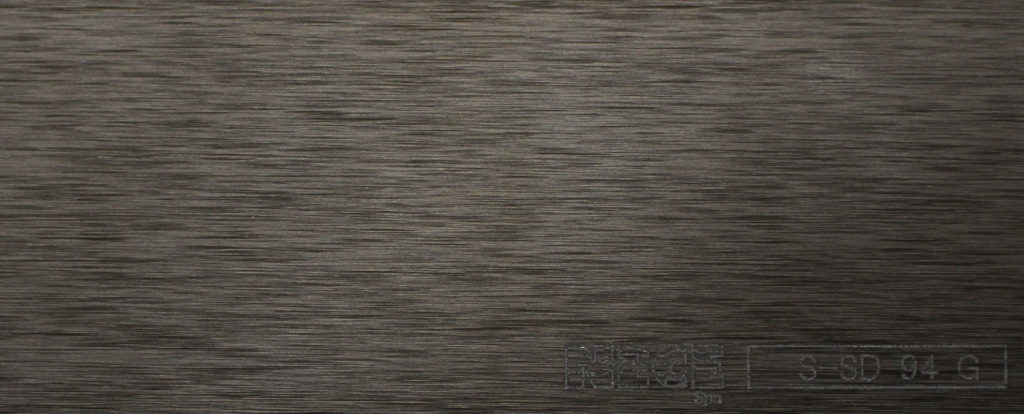
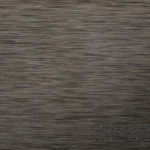
S-SD-94-G
